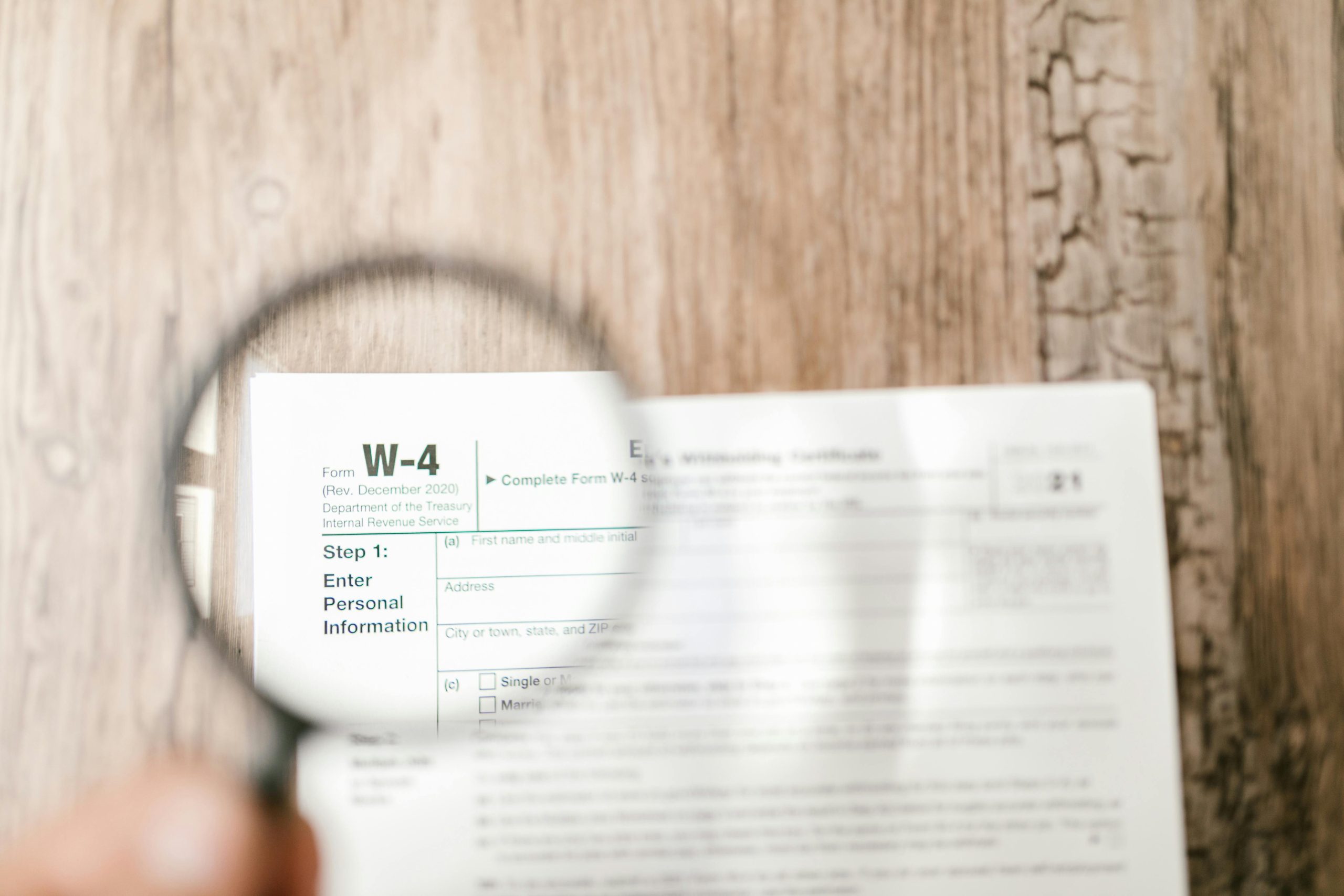A Department of Labor (DOL) compliance inspection can be a daunting experience for any business, but proper preparation can turn it into a manageable—and even beneficial—process. Whether you’re facing a routine audit or a targeted investigation, understanding what to expect and how to prepare can make all the difference. By taking proactive steps, you can ensure compliance, avoid costly penalties, and maintain a positive relationship with regulatory authorities. Here’s how to get ready for a DOL inspection successfully.
Understand the Scope of DOL Compliance Inspections
The DOL enforces a wide range of labor laws, and the focus of an inspection will depend on your industry and the specific regulations that apply to your business. Common areas of scrutiny include:
- Wage and Hour Laws: Ensuring employees are paid correctly under the Fair Labor Standards Act (FLSA), including overtime and minimum wage compliance.
- Workplace Safety: Adherence to Occupational Safety and Health Administration (OSHA) standards.
- Employee Benefits: Compliance with the Employee Retirement Income Security Act (ERISA) and other benefit-related laws.
- Anti-Discrimination Laws: Ensuring fair hiring, promotion, and termination practices under laws like the Equal Employment Opportunity Commission (EEOC) guidelines.
Knowing which regulations apply to your business is the first step in preparing for an inspection. Review your policies, contracts, and records to ensure they align with federal and state labor laws.
Organize and Review Your Documentation
One of the most critical aspects of a DOL inspection is documentation. Inspectors will request various records to verify compliance, so having them organized and readily accessible is essential. Key documents to prepare include:
- Payroll Records: Detailed records of hours worked, wages paid, and overtime calculations for at least the past three years.
- Employee Classifications: Documentation justifying exempt vs. non-exempt status under the FLSA.
- Safety Training Logs: Proof of OSHA-required training and workplace safety protocols.
- Benefit Plan Documents: ERISA filings, summary plan descriptions, and records of employee contributions.
- Hiring and Termination Records: Applications, performance reviews, and documentation of disciplinary actions.
Conduct an internal audit before the inspection to identify and correct any discrepancies. If you discover issues, take corrective action immediately and document the steps you’ve taken to resolve them.
Train Your Team for the Inspection Process
A DOL inspection isn’t just about paperwork—it also involves interviews and on-site evaluations. Ensure your management team and employees understand what to expect and how to respond professionally. Key training points include:
- Interview Preparation: Employees should know their rights and responsibilities during an inspection. Advise them to answer questions honestly but concisely, without volunteering unnecessary information.
- On-Site Walkthroughs: If the inspection includes a facility tour, assign a knowledgeable representative to accompany the inspector and address any questions about safety protocols or workplace conditions.
- Designate a Point of Contact: Appoint a compliance officer or HR representative to coordinate with the inspector, gather requested documents, and ensure a smooth process.
Regular training sessions can help employees stay informed about compliance requirements and reduce anxiety during an actual inspection.
Address Potential Compliance Issues Proactively
If you suspect your business may have compliance gaps, don’t wait for an inspection to address them. Proactive measures can mitigate risks and demonstrate good faith to regulators. Consider the following steps:
- Conduct a Self-Audit: Regularly review your policies and practices to identify areas of non-compliance. Use checklists or hire a third-party consultant for an objective assessment.
- Corrective Action Plans: If violations are found, develop a plan to rectify them, such as adjusting payroll practices or updating safety training programs.
- Voluntary Disclosure: In some cases, voluntarily reporting and correcting violations before an inspection can reduce penalties.
Taking these steps not only prepares you for an inspection but also fosters a culture of compliance within your organization.
Stay Calm and Cooperative During the Inspection
When the DOL inspector arrives, maintaining a cooperative and professional attitude is crucial. Here’s how to handle the inspection process smoothly:
- Be Responsive: Provide requested documents promptly and ensure your team is available for interviews if needed.
- Ask Questions: If you’re unsure about a request or finding, seek clarification rather than guessing or providing incomplete information.
- Document the Process: Keep notes of what was reviewed, any issues raised, and commitments made during the inspection.
Remember, the goal of the inspection is to ensure compliance—not to penalize businesses unnecessarily. A transparent and cooperative approach can lead to a more favorable outcome.
Conclusion
Preparing for a DOL compliance inspection doesn’t have to be stressful. By understanding the scope of the inspection, organizing your documentation, training your team, addressing potential issues proactively, and maintaining a cooperative attitude, you can navigate the process with confidence. Regular compliance checks and a commitment to fair labor practices will not only help you pass inspections but also create a better workplace for your employees. Start preparing today to ensure your business is always inspection-ready.
